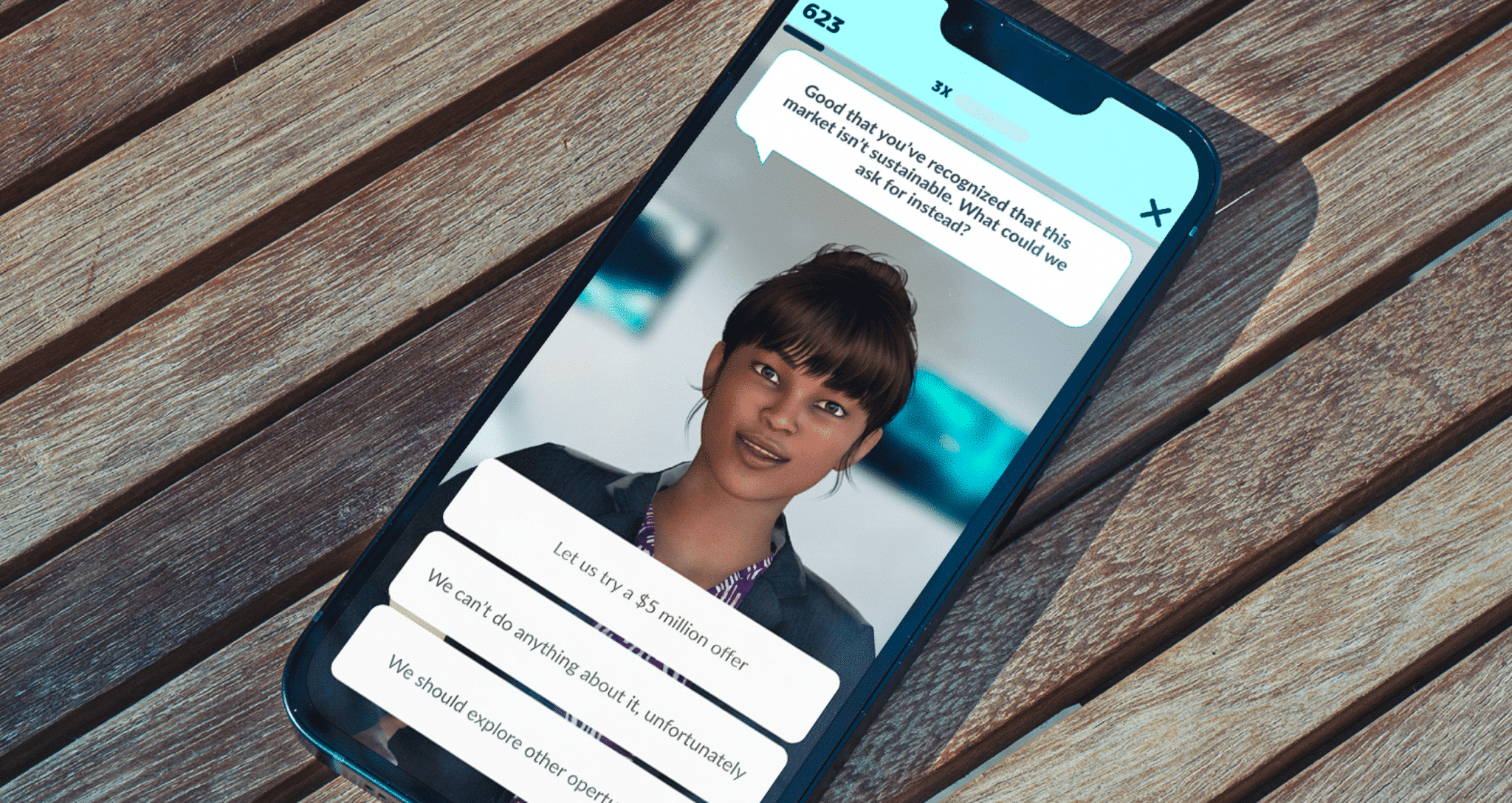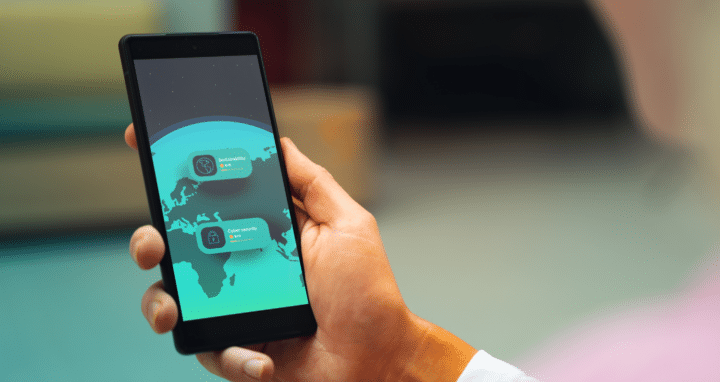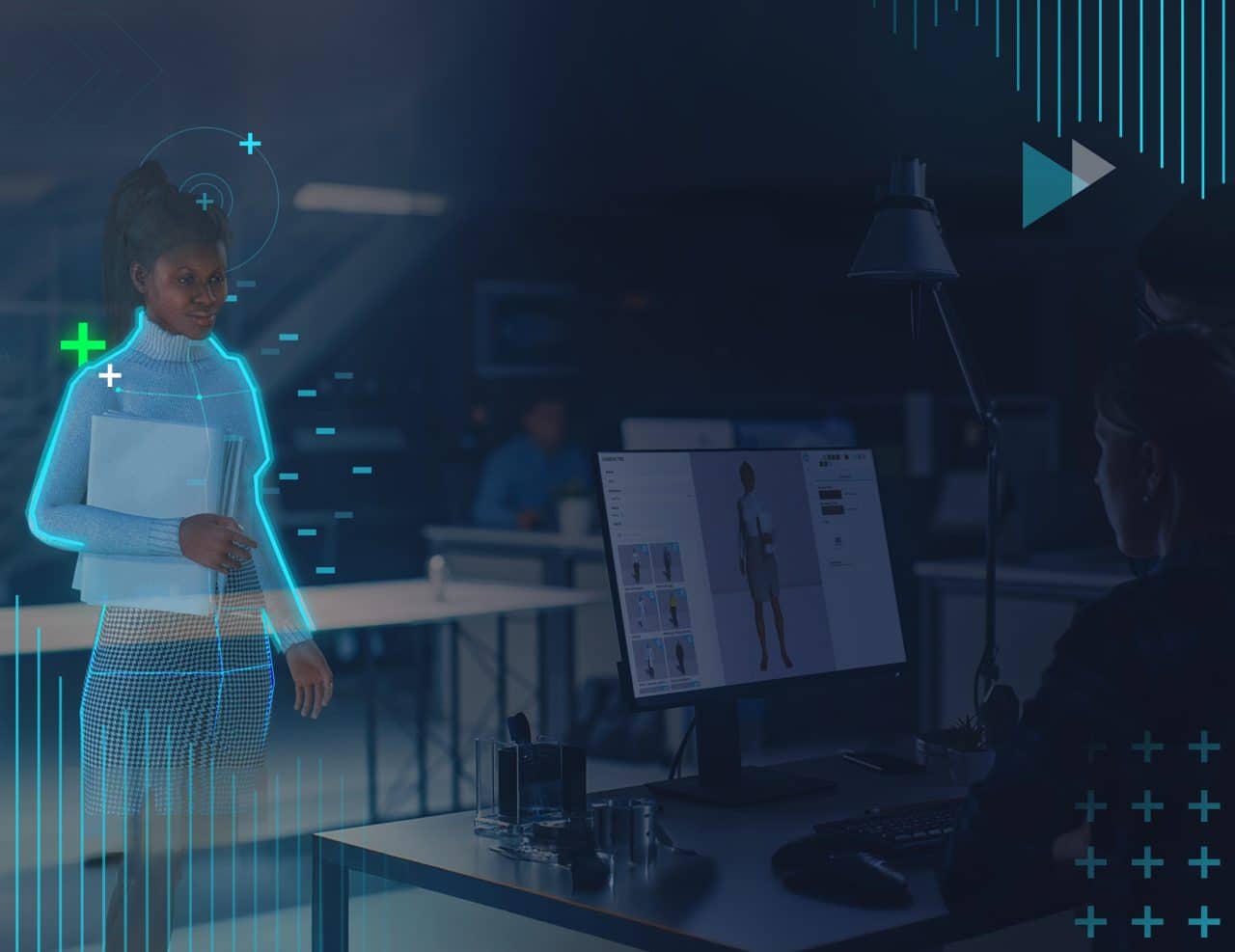Empowered learners
When you diversify your learning and development programs, you give your people the chance to learn in the way that suits them best. Empowering them with the right tools drives employee engagement and motivation.
When an engaged, empowered employee is three times as likely to stay in a role for longer2, you can see why it’s important to get it right.
Improved completion rates
Modern mobile learning platforms will often have measurement, analytics and feedback capabilities built in. This means you can have direct contact with your teams and monitor ongoing completion rates.
When you take the time to create mobile-first training with improved accessibility, the likelihood of completion increases. There’s evidence to suggest that mobile learners will complete their modules almost 50% faster than their desktop counterparts3.
Cost effective
While mobile learning is often a large investment in the initial term, if you’re an organization that’s constantly refreshing and adding new content, mLearning often ends up being more cost effective in the long term.
You immediately remove the cost of a training facility, an instructor and travel expenses to and from venues. You will also remove high printing costs for information that often rapidly goes out of date.
One of the most expensive components of any business is people’s time. Mobile learning allows your people more time to apply what they’ve learnt in their day-to-day real life settings.
- Total NHS training time was reduced from 46 weeks to just 2, saving 40,000 + frontline staff hours.
- Attensi training completed in just 3 hours vs. 60 hours of classroom-based training.
What does mLearning look like in the workplace?
Here are the things to think about when implementing mLearning into your organization:
Mobile first, not just mobile ready
When mobile technology and software has come along so far (particularly since the pandemic), your employees have higher expectations of a mobile training experience.
These days, think mobile-first rather than mobile ready. Your teams will thank you for it. There’s nothing worse than trying to play a game that won’t display properly on a mobile device. It might be mobile compatible in that it loads and displays, but there’s a big difference between this and something that has been designed specifically to be accessed on a mobile device.
Flexible training schedules
‘Flexible’ working is about much more than just working from home. True flexibility means allowing your teams to make decisions about what works best for them – from fully remote to hybrid working.
Mobile learning gives your teams the flexibility to decide when and where they learn and how regularly they participate.
How to make mobile learning hit the spot
Make it quick
Like we said, microlearning is the perfect partner for mobile learning. Whether your employees are learning on the commute or during a quick coffee break, think about making your mobile learning bite-sized.
Challenge yourself to keep your modules to five minutes or less.
Make it fun
A little healthy competition goes a long way.
When you combine quick, punchy modules with gamification, you’re on to a winning combination that will have your teams coming back for more.
For modern, remote teams, mobile learning may be the missing link in your employee enablement and empowerment. Give your people the tools they need to be truly exceptional.
If you’d like to join our learning revolution and give your teams everything they need for success, talk to one of our Attensi team today.





